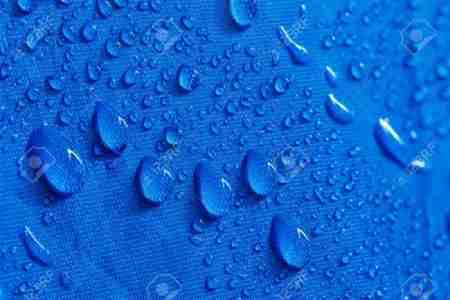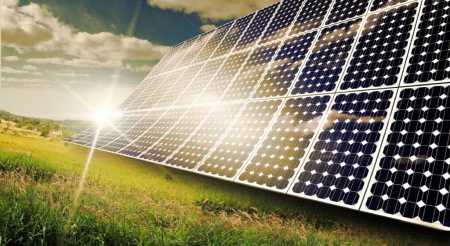When raindrops fall from the sky, they can produce a small amount of energy that can be harvested and turned into electricity. It is a small-scale version of hydropower, which uses the kinetic energy of moving water to produce electricity.
Researchers have proposed that the energy collected from raindrops could be a potential source of clean, renewable power. However, this technology has been difficult to develop on a large scale, which has limited its practical application.
To collect raindrop energy, a device called a triboelectric nanogenerator (TENG), which uses liquid-solid contact electrification, has been shown to successfully harvest the electricity from raindrops.
This technology also successfully harvests energy from waves and other forms of liquid-solid triboelectric power generation. However, droplet-based TENG (D-TENGs) have a technical limitation from connecting more than one of these panels together, which reduces overall power output.
A recently published paper outlines how modeling D-TENG panels after solar panel arrays makes harvesting raindrop energy more efficient, broadening its application.
The paper was published in iEnergy on June 29.
– Eurekalert







